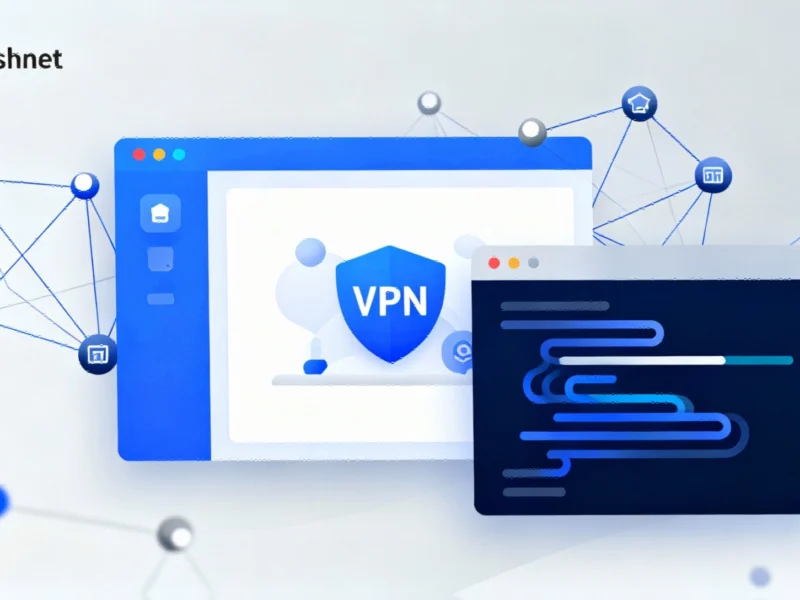According to Infosecurity Magazine, cybersecurity firm Proofpoint has identified active malicious campaigns where hackers are helping organized crime groups steal physical goods through cargo freight hijacking. The threat cluster targeting North American trucking and logistics companies has been active since at least June 2025, with evidence suggesting campaigns may have begun as early as January 2025. Attackers use three social engineering techniques involving malicious emails with URLs leading to executable files that install remote monitoring management tools, granting full system control. The Proofpoint research identifies specific RMM tools being deployed including ScreenConnect, SimpleHelp, PDQ Connect, Fleetdeck, N-able and LogMeIn Resolve, sometimes used in combination. This digital-physical criminal convergence represents a significant evolution in cargo theft methodology that demands immediate industry attention.
The Perfect Criminal Symbiosis
What makes this threat particularly dangerous is the complementary skill sets being brought together. Traditional organized crime groups understand the physical logistics of cargo theft – which trucks to target, where to intercept shipments, how to fence stolen goods. Meanwhile, cybercriminals bring the digital expertise to manipulate tracking systems, disable security protocols, and provide real-time intelligence about shipment locations and security measures. This partnership creates a criminal enterprise that’s more sophisticated than either group operating alone. The cyber component allows for precision targeting of high-value shipments while minimizing the risk of physical confrontation or detection.
Why RMM Tools Are the Perfect Weapon
The choice of Remote Monitoring and Management tools isn’t accidental – these legitimate business applications provide exactly what cargo thieves need. Unlike traditional malware, RMM tools are whitelisted by most security systems, don’t trigger antivirus alerts, and provide persistent, authorized-looking access to systems. They’re designed specifically for remote control and system administration, meaning attackers can manipulate logistics software, alter shipment routes, disable GPS tracking, and access customer databases without raising immediate suspicion. The use of multiple RMM tools in tandem shows sophisticated operational security, creating redundant access points in case one is discovered.
The Cascading Supply Chain Impact
Beyond the immediate theft of goods, these attacks create ripple effects throughout global supply chains. When a major shipment disappears, it triggers insurance claims, investigations, delayed deliveries, and contractual penalties that can cripple smaller logistics companies. The theft of pharmaceutical shipments, electronics, or automotive parts can disrupt manufacturing schedules and retail availability. Perhaps most concerning is the erosion of trust in digital logistics systems – if companies can’t rely on their tracking and management software, they may revert to less efficient manual processes, slowing down already fragile supply chains.
The Human Factor in Cyber-Physical Attacks
The social engineering component reveals how these attacks exploit human vulnerabilities rather than technical ones. Transportation company employees, often working under tight deadlines and pressure, may click on seemingly legitimate emails about shipment updates or billing issues. The attackers create convincing fake domains mimicking real brands, making detection difficult even for vigilant employees. This highlights the need for specialized security training that addresses the unique social engineering tactics targeting logistics professionals, not just generic cybersecurity awareness.
Defending Against the Converged Threat
Combating this hybrid threat requires equally converged defenses. Physical security teams need to collaborate with cybersecurity personnel, sharing intelligence about both digital intrusion attempts and physical surveillance of facilities. Companies should implement application whitelisting that specifically monitors RMM tool usage, requiring multi-factor authentication and logging all remote access sessions. The transportation industry also needs to develop better protocols for verifying shipment instructions and changes, ensuring that digital commands can’t override physical security procedures without proper verification.
The Future of Converged Crime
This criminal methodology will likely expand beyond cargo theft as other industries digitize their physical operations. We can expect to see similar attacks targeting energy infrastructure, manufacturing facilities, and agricultural operations where digital control systems manage physical assets. The success of these cargo theft campaigns will encourage other criminal groups to adopt similar hybrid approaches, making cyber-physical convergence the next frontier in organized crime. The transportation industry’s response to this threat will serve as a critical test case for how other sectors can defend against increasingly sophisticated criminal partnerships.




